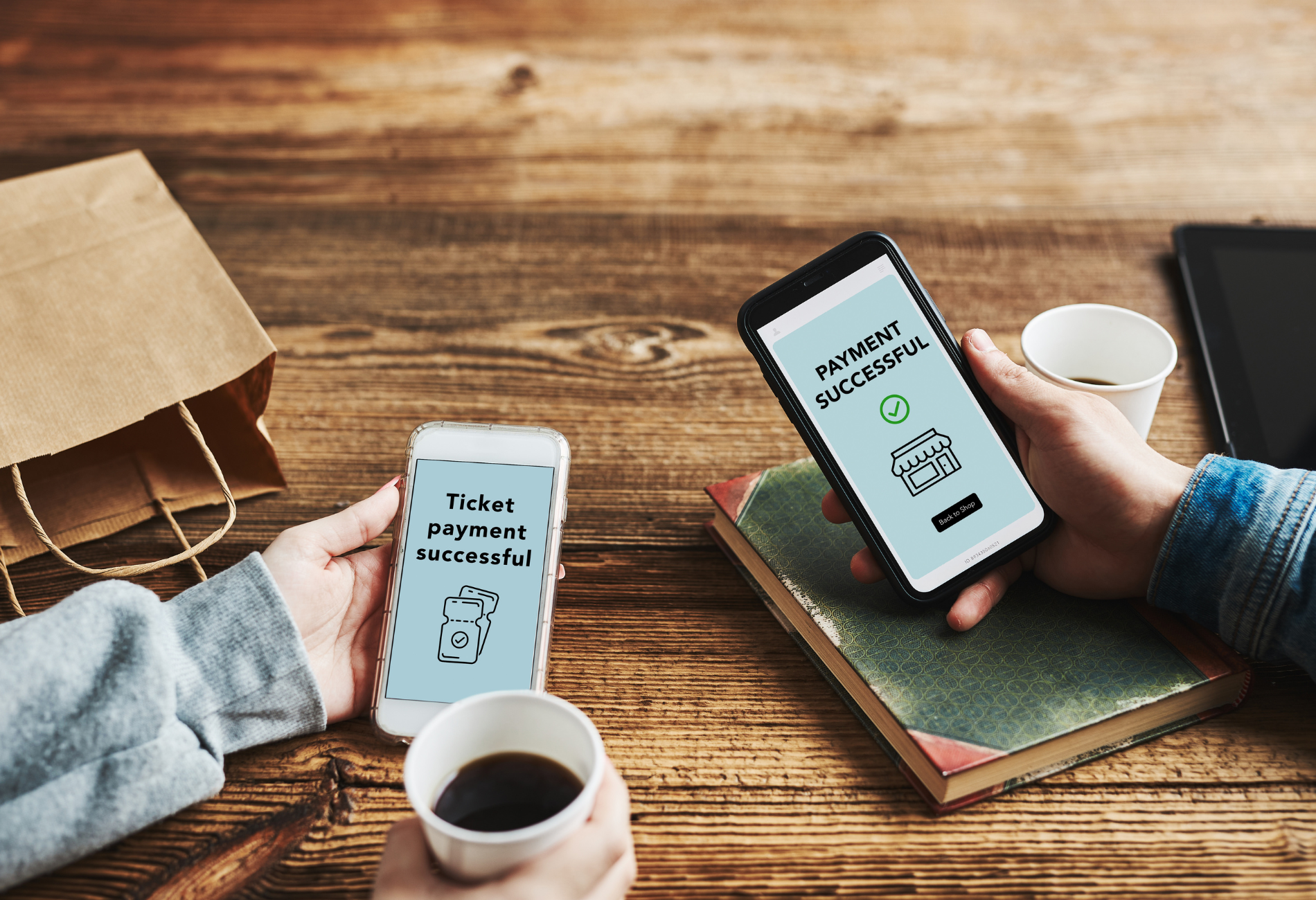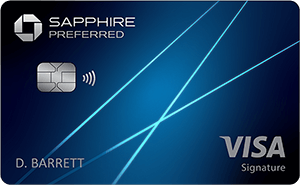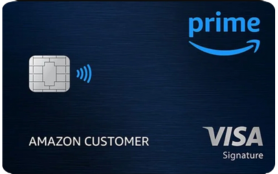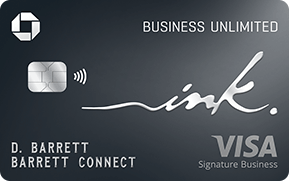Overview
It feels like it should be the simplest of tasks. Yet so many find themselves a little stumped when it comes to moving money from one account to another. It’s an important aspect of financial literacy that enables you to allocate funds where they are needed (or where someone else needs them) in the most economical way.
There are multiple ways of doing this, and plenty of factors can dictate which makes sense for you. How fast do you need the funds? How much are you sending? Is it a recurring transfer or a one-off? Ensure you understand your specific situation and read on.
Our Quick Take
Transferring funds between bank accounts might seem mundane, but it’s an essential skill, whether you’re consolidating finances, paying rent, or funding a new account. From linking accounts to avoiding unnecessary fees, here’s a well‑rounded, user‑friendly how‑to to guide you through the process.
Different Types of Money Transfer
ACH Transfers
ACH stands for Automatic Clearing House, and represents an electronic transfer network hub that’s used by almost every bank, credit union, and other financial institution around. They’re widely used for direct debits, social security, payroll, and other day-to-day payments. The big positive of ACH transfers is that they’re usually free or very cheap. To complete an ACH transfer, you’ll generally need the recipient’s bank account number, routing number, and whether it’s a checking or savings account.
Pros of ACH Transfers:
Cheap or free
Secure
Can be same-day, and are fairly quick even when not
Cons of ACH Transfers
Although reliably quick, those needing immediate transfers may be waiting longer than they hoped. Up to 2 days for the slowest. This is sometimes due to cut-off times. For example, if you set up a payment after 3 PM, it may not be processed until the next morning.
They can be reversed. This is good in some ways, but a little riskier for businesses.
Most ACH payments have a transfer limits.
Wire Transfer
Wire transfers are one of the most popular ways to send money, thanks to the speed and the size possible in any given transaction. Wiring allows you to send tens of thousands of dollars both domestically and abroad, and even in another currency. Banks will often facilitate the wiring process, or you can use a third party like Wise. Generally, wiring is far more expensive than using ACH or other methods, but it has far fewer limits.
Pros of Wire Transfers
Larger amounts can be sent
Often faster for international transfers
Cannot be reversed, and so are more secure for some businesses
Cons of Wire Transfers
Generally more expensive than other options
Sometimes used for fraud
The process is more involved than others
Third-Party Apps and Platforms
Arguably, the most convenient way to transfer money is using one of many third-party apps and platforms designed to facilitate that very thing. Apps like PayPal, Cash App, Zelle, and Venmo are just some of the better-known names in the industry, with each offering its own way of doing things.
These can be super convenient, as many will transfer money directly in-app before the user withdraws funds themselves, making it a cheap and easy option for many. Of course, limits are a major factor here, but the convenience of sending money with just an email address or username is impressive.
Pros of Third-Party Transfers
Simplified transfer process
Less information needed for transfers
Often instantaneous
Potential for linked services
Cons of Third-Party Transfers
Consumer protections are limited compared to other formats
Varying limits, fees, and regulations depending on the app and what you use it for
Potential for fraud and scams is higher
Step-by-Step Guide
Step 1 - Define purpose of transfer
Before you do anything else, it’s important to define some things about your transfer. Ask yourself these basic questions:
Who are you sending money to? Yourself? A business? A family member? A friend?
Is it a one-off or recurring payment?
How much are you sending?
Is it a domestic or international transaction?
How fast does the money need to be transferred?
Once you’ve answered these questions, it’ll become clear what the easiest way to do things is. If you’re sending $10,000 to a business or person abroad, you’ll definitely want to wire the money. If it’s a recurring payment for your own savings or even your rent, use an ACH method. If it’s paying your friend back for your portion of dinner, using an app is super easy.
Your specific situation will fall somewhere in between all of these.
Step 2 - Choose your method and gather details
Once you’ve laid out your requirements, decide on the method you’ll use. From there, you’ll need to gather the necessary information and begin the transfer process.
For ACH, you’ll likely need the recipient’s bank account number, routing number, and whether it’s a checking or savings account.
For wire transfers, you’ll need the recipient’s full name, address, bank account number, and routing number (or IBAN/SWIFT Code for international transfer). and the name and address of their bank.
If using a third-party app, you’ll be informed what you need. In some cases, this could be as little as an email address or phone number.
Methods of Transfer:
| Method | Speed | Cost | Best For |
| ACH | 1–3 days | Usually free | Routine transfers between linked accounts |
| Wire | Same day | $25–$50+ | Large or urgent transfers |
| Zelle / P2P Apps | Minutes | Often free | Quick transfers with trusted recipients |
| Check / Cash | Several days | Free | Offline or informal transfers |
The good news is that after you’ve sent money once, many of the banks and other platforms will save the details, making it easy to do so again in the future.
Step 3 - Initiate the transfer
This is the simplest step, as you’ve already made decisions on where to make the transfer and gathered the info. Simply log in to your account on whatever platform or bank you’re using, and request a transfer using the information above. Check in with fees and any other small print before hitting send.
Step 4 - Track the payment
Once you’ve initiated the payment, you’ll receive a tracking or transaction number, as well as notifications via your email or an app. These days, the notifications are super fast and regular. If it seems to be taking longer than anticipated, reach out to your bank for support.
Final Thoughts
Transferring money between banks is more complicated than it looks, but so important to learn. For non-urgent, everyday transfers, ACH or third-party apps are your best bets. Need speed and higher limits? Go for a wire, but know it comes at a cost. Match the method to your urgency, amount, and comfort level, and you’ll transfer confidently every time.









 by your friends at The Daily Navigator
by your friends at The Daily Navigator



